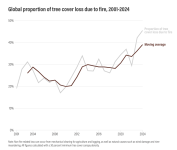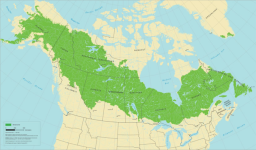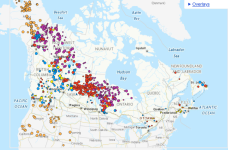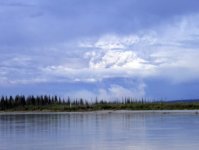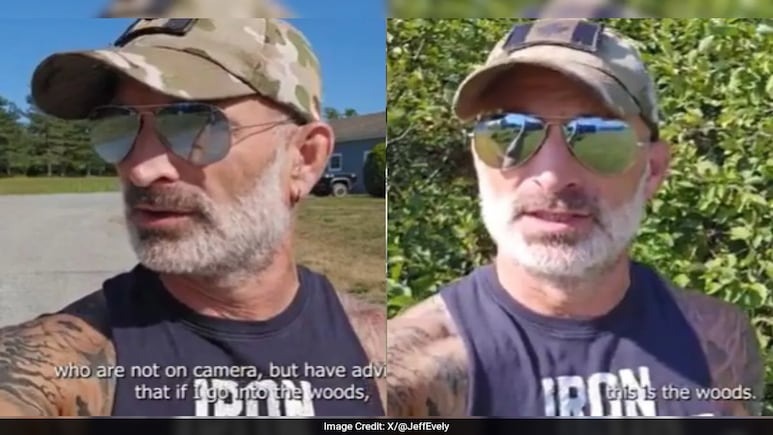I read that this possibly has been the worst wildfire season in recorded Canadian history.
https://globalnews.ca/news/11324707...d-worst-on-record-fuelled-by-prairies-blazes/
The smoke is polluting the air in Canada and in many states in the U.S., including occasionally here in Connecticut.
Chicago on July 31:
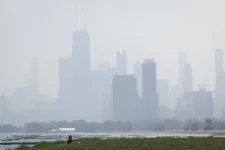
Some questions:
Is this fire problem really getting worse in Canada or is it mostly a function of improved technological detection and 24-hour news cycles?
Are there policies that can be changed to prevent or better fight these fires? The U.S., for example, has recently rescinded the 2001 Roadless Rule. "Rescinding this rule will remove prohibitions on road construction, reconstruction, and timber harvest on nearly 59 million acres of the National Forest System, allowing for fire prevention and responsible timber production." Perhaps Canada's fire problem is too big and not amenable to any beneficial changes in fire management policies.
Relevantly for our site, how much are these fires impacting canoeing in Canada and the U.S. border states? Does anyone know?
https://globalnews.ca/news/11324707...d-worst-on-record-fuelled-by-prairies-blazes/
The smoke is polluting the air in Canada and in many states in the U.S., including occasionally here in Connecticut.
Chicago on July 31:

Some questions:
Is this fire problem really getting worse in Canada or is it mostly a function of improved technological detection and 24-hour news cycles?
Are there policies that can be changed to prevent or better fight these fires? The U.S., for example, has recently rescinded the 2001 Roadless Rule. "Rescinding this rule will remove prohibitions on road construction, reconstruction, and timber harvest on nearly 59 million acres of the National Forest System, allowing for fire prevention and responsible timber production." Perhaps Canada's fire problem is too big and not amenable to any beneficial changes in fire management policies.
Relevantly for our site, how much are these fires impacting canoeing in Canada and the U.S. border states? Does anyone know?

